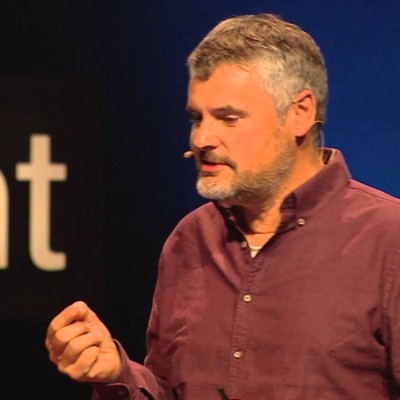- Video Library
- Peter van de Graaf, Choice - Implantable Valves as a Contraceptive | LSI USA '24
Peter van de Graaf, Choice - Implantable Valves as a Contraceptive | LSI USA '24

Peter van de Graaf
Peter van de Graaf is an innovator-engineer, creating intelligent solutions for first needs of people and society.
Currently working on Choice, contraception for the 21st century, in a project with the TU Eindhoven and Utrecht & Maastricht universities: www.choice.nu. Our goal is to make every child desired. Our vision is to create a hormone & worry free contraceptive mechanical implant, which only requires action when a woman decides to have a child - Fertility Freedom!
Peter's major strengths are inspired concepts and the integration of all aspects relevant to the project.
A seasoned designer & inventor, with international experience in a variety of industries, he is able to translate societal needs into solutions.
Guidance for design is the Pareto rule (20% of the input creates 80% of output) for optimum value.
Peter van de Graaf
Peter van de Graaf is an innovator-engineer, creating intelligent solutions for first needs of people and society.
Currently working on Choice, contraception for the 21st century, in a project with the TU Eindhoven and Utrecht & Maastricht universities: www.choice.nu. Our goal is to make every child desired. Our vision is to create a hormone & worry free contraceptive mechanical implant, which only requires action when a woman decides to have a child - Fertility Freedom!
Peter's major strengths are inspired concepts and the integration of all aspects relevant to the project.
A seasoned designer & inventor, with international experience in a variety of industries, he is able to translate societal needs into solutions.
Guidance for design is the Pareto rule (20% of the input creates 80% of output) for optimum value.

17011 Beach Blvd, Suite 500 Huntington Beach, CA 92647
714-847-3540© 2025 Life Science Intelligence, Inc., All Rights Reserved. | Privacy Policy







